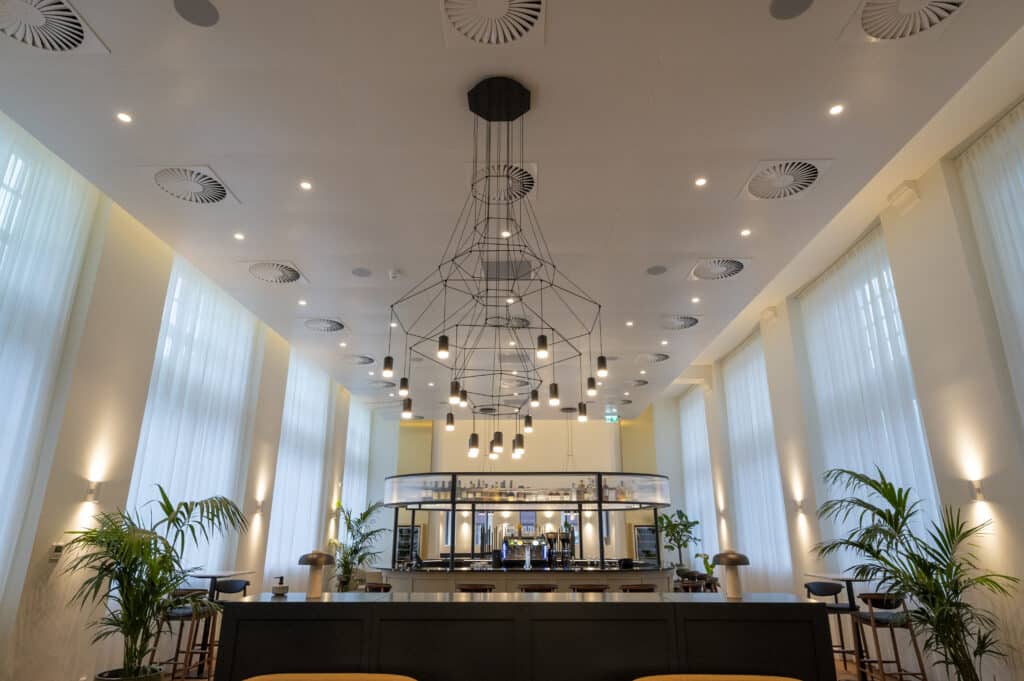Like we do every month, we’re publishing a new technical article where we discuss the concept of ‘lifetime’ with regard to LED luminaires and their light sources which, like many other concepts related to LED technology, is often interpreted differently to its definition.
According to Regulation (EU) 2019/2020 of the Commission, of 1 October 2019, the lifetime of an LED/OLD light source is defined as:
- – ‘lifetime’ for LED and OLED light sources means the time in hours between the start of their use and the moment when for 50% of a population of light sources the light output has gradually degraded to a value below 70% of the initial luminous flux. This is also referred to as the L70B50 lifetime..
This means when we’re discussing the lifetime of LED luminaires (comprised of LED/OLED light sources), it is crucial to understand that this doesn’t refer to the length of time they will operate without suffering a fault,but rather, broadly speaking, it refers to the time that should pass between the luminaire’s start of use and the moment at which its lighting level drops below 70% of its initial level.
For example:
If a luminaire generates 1000 lm and its lifetime (L70B50) is 50,000 h, then it can be deduced that the luminaire will maintain, in the majority of its light sources, a light flow above 70% (around 700 lm) at minimum during those 50,000 h.
On the other hand, note that although lifetime is defined as L70B50, our catalogue, our technical data sheets and the market in general also feature luminaires that indicate L70B10, L80B50, L80B10, L90B10, among other combinations, meaning the following must always be considered:
- L70/80/90 refers to the percentage of luminous flux maintained. 70%, 80% and 90%.
- B10/50 refers to the percentage of components that do not maintain the luminous flux, with the indicated percentage and during the hours indicated.
- L70B10: 50.000h is better than L70B50: 50,000 h.
- L70B10: 50.000h is not necessarily worse than L70B50: 60,000 h, as they are considering quantities of different degraded components, with L70B10 more restrictive.
Lastly, bear in mind that indicated lifetime values are often the result of functional tests on products and their components but, depending on their usage, exposure temperatures and other factors inherent to the installation, these values may vary.
If you have any questions or require further information, please don’t hesitate to contact us.


